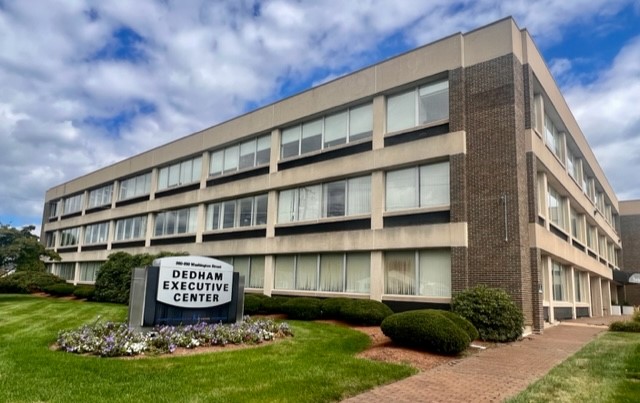DSAEK
DSAEK, which stands for descemets stripping automated endothelial keratoplasty, is a partial-thickness corneal transplant that replaces only the innermost layer of the cornea. DSAEK is a relatively new surgical technique that affords significant improvements over traditional corneal transplants for certain indications. The surgery itself takes less time, involves a smaller surgical incision, requires minimal stitches, has a shorter healing time, and a faster visual recovery.
The Indications
Descemet’s membrane provides support for the innermost layer, the corneal endothelium. The endothelial cells are a single layer of cells that pump fluid out of the cornea. This pumping function is necessary for the cornea to remain clear and provide good vision for the eye. If a critical number of these cells should become dysfunctional or damaged, the cornea becomes swollen and cloudy leading to blurry vision. Endothelial cells can be lost due to aging, genetic diseases (such as Fuchs’ dystrophy), trauma, or previous intraocular surgery. Only patients with endothelial cell problems are candidates for DSAEK. Patients with corneal scarring or other conditions may still require a full-thickness procedure in order to provide the best possible vision.
The Procedure
DSAEK surgery is performed as a day surgery, outpatient procedure. Although you will not be asleep during the procedure, you will be given sedation and a local anesthetic to keep you comfortable throughout the procedure. Dr. Kieval makes a small incision comparable to that made during cataract surgery. An instrument is then used to remove the diseased inner layer of the cornea. The healthy inner layer of an organ donor cornea is then inserted into the eye and maintained in place with the use of an air bubble that is left in the eye. During the surgery, patients may feel pressure around the eye, but there is no pain and most patients report that the experience was quite benign. After the procedure, a patch will be placed over the eye and you will return home where you are instructed to rest for the remainder of the day, lying flat on your back to keep the air against the corneal transplant.
The Recovery
Your vision will be quite blurry for the first few weeks after surgery as the new cornea is recovering. Afterwards, repeated visits will be necessary to monitor the progress of the transplant. The total visual recovery time for a DSAEK surgery is often between two to six months. Occasionally, the transplant may “detach” from the more superficial layers of the cornea and the transplant would have to be repositioned. Other times, the transplant may fail and would have to be replaced. If the DSAEK fails, either after one or multiple attempts, a traditional corneal transplant operation can still be performed. Similar to other organ transplants, anti-rejection medications are required for a number of years—however, rather than pills, eye drops are used for this purpose.
Broken sutures, infections, or graft rejection can occur at any time and need to be addressed immediately.
If, at any time, the patient experiences redness, pain, loss of vision or any other concerns, our office should be contacted immediately.
Meet Our Team
The Lexington Eye Associates team is led by board-certified doctors considered to be leaders in the field of ophthalmology. Get to know us.
If you have questions or would like to book an appointment, please call (781) 876-2020 request your consultation.














